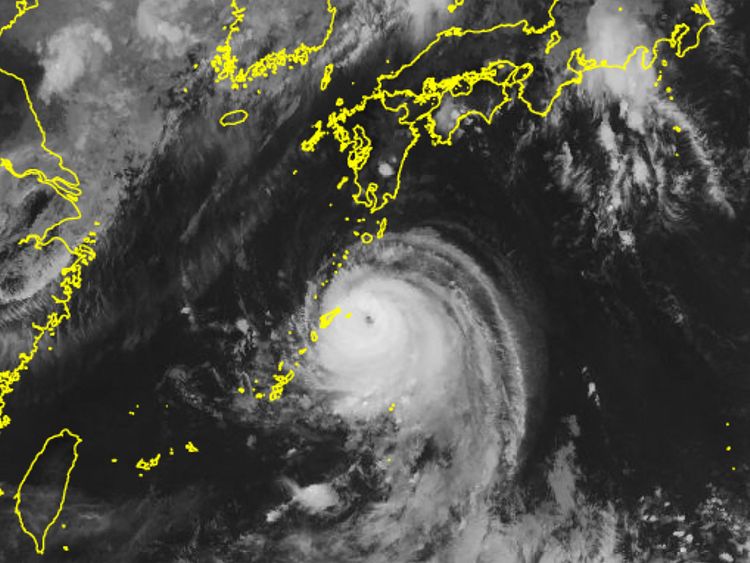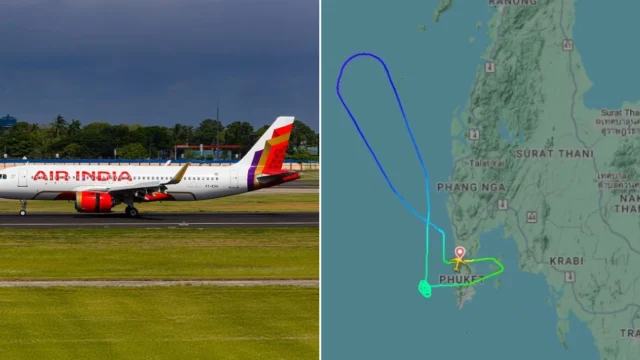Super Typhoon Yagi has left a trail of devastation across Vietnam, resulting in the deaths of nine people and significant damage to infrastructure. The powerful storm, which had earlier hit southern China and the Philippines, made landfall in northern Vietnam on Saturday with winds exceeding 149 kilometers per hour (92 miles per hour).
One of the most tragic incidents occurred in the mountainous Hoa Binh province, where a landslide triggered by hours of heavy rain buried a family of four in the early hours of Sunday. The 51-year-old homeowner survived, but his wife, daughter, and two grandchildren were killed as their house was crushed by the collapsing hillside, according to local authorities cited by VNExpress.
Yagi’s impact has been devastating across northern Vietnam. Four people were killed on Saturday due to flying debris, including roofing torn off by the fierce winds. Additionally, a man in Hai Duong province lost his life on Friday when a tree was brought down by the typhoon’s intense winds.
Flooding and power outages have further complicated the situation. In the port city of Hai Phong, several areas were submerged under half a meter (1.6 feet) of water by Sunday. The storm has also knocked down power lines and electric poles, leaving parts of the city without electricity.
At the UNESCO World Heritage site of Ha Long Bay, 23 boats were reported either seriously damaged or sunk. Fishermen, including 51-year-old Pham Van Thanh, witnessed their vessels being destroyed. “The wind was pushing from our back, with so much pressure that no boat could stand,” Thanh said, recounting how one boat sank after another. “I have been a sailor for more than 20 years and have never experienced such a strong and violent typhoon,” he added.
Yagi’s impact was not limited to Vietnam. Before striking the country, the super typhoon tore through southern China and the Philippines, claiming at least 24 lives and injuring dozens.
The increasing intensity and unpredictability of storms like Yagi have been linked to climate change. A recent study published in July found that typhoons in the region are now forming closer to the coast, intensifying more rapidly, and staying over land for longer, contributing to greater destruction.
Authorities are continuing rescue and recovery efforts as they assess the full extent of the damage caused by the typhoon.






